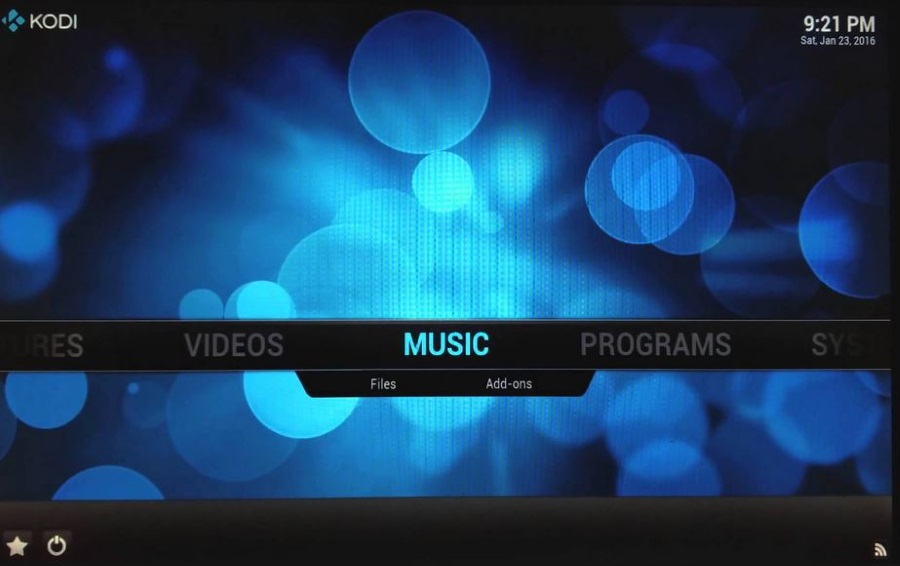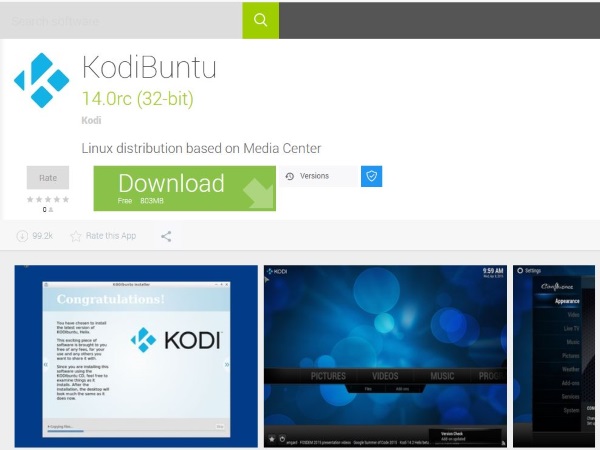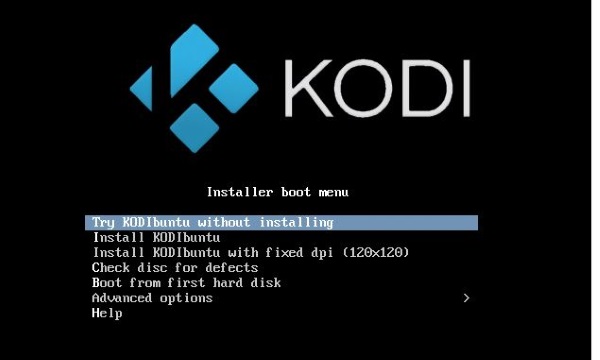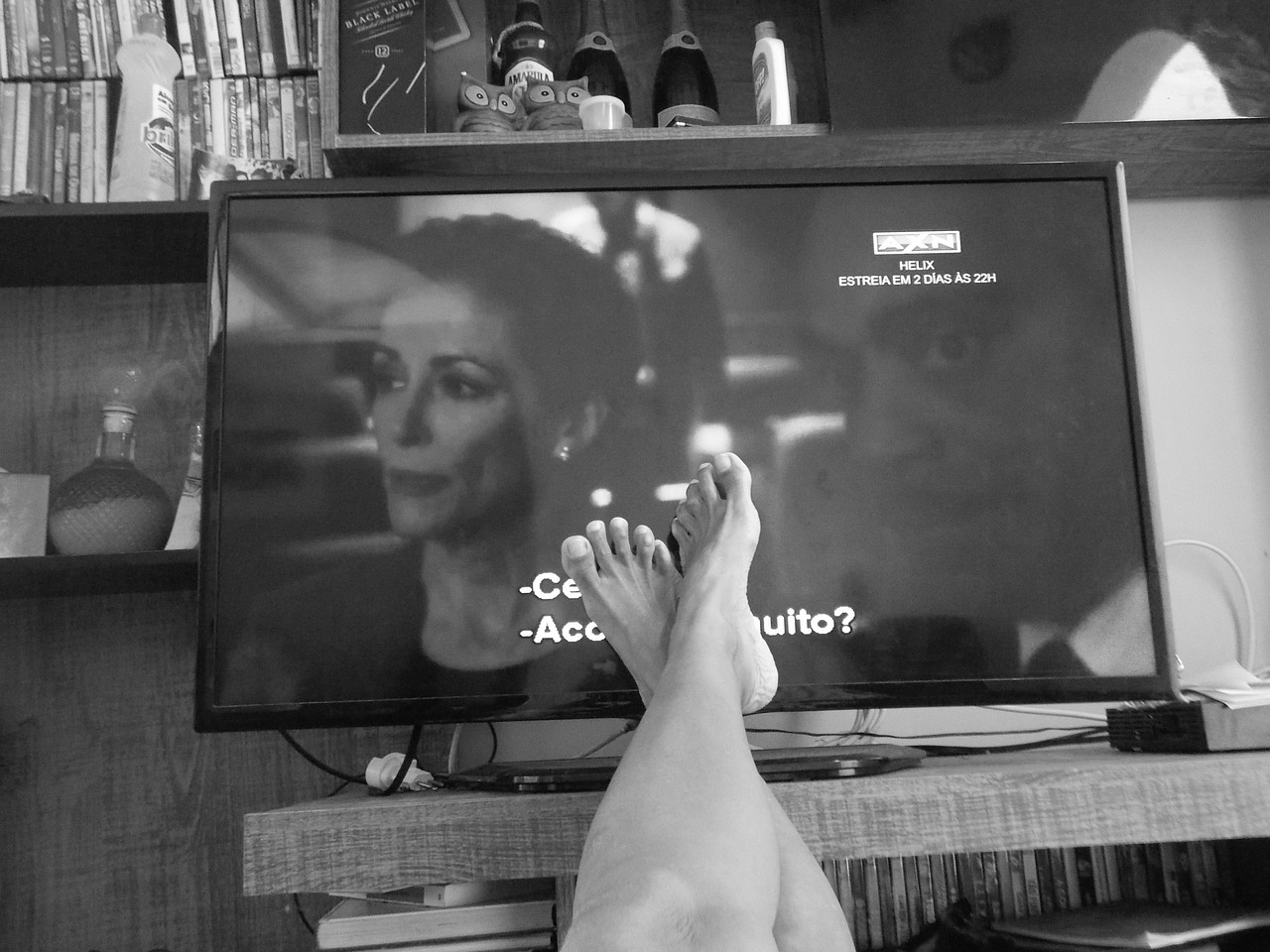How To Install and Use Kodibuntu on USB or Live CD

Kodibuntu is a mix of the Kodi we know and love and Ubuntu, the Linux system. It is actually derived from a fork of Ubuntu called Lubuntu, which is a lightened version suitable for modest hardware. It is ideal for home media center use, which is why it was joined with Kodi to do just that. This tutorial is going to talk you through how to install and use Kodibuntu on USB or Live CD.
You can install Kodibuntu onto a computer and dual boot or use as your main OS if you wish but I find that quite a pain. Given the modest hardware requirements of Kodibuntu, I think it easiest to install it onto a USB stick or even a Live CD and boot any computer from it.

Kodibuntu on USB or Live CD
A Live CD is actually a DVD and contains a fully working version of an operating system. You boot a computer from the DVD and the computer loads the OS into memory. You can use all the features of the OS without loading your normal operating system. Then, remove the media, reboot and your computer loads your normal OS again. For me, this is the ideal way to experiment with new systems without risking your computer.
If you’re using a portable device or laptop, you can install Kodibuntu on an SD card if you prefer. The same instructions work on whatever storage medium you choose.
You will need a blank DVD, DVD writer or a USB drive of at least 2GB in size. Any generation USB will work but USB 3.0 will be much faster. You will also need a copy of Kodibuntu which you can download from here. If you’re using a USB drive, you will also need Linux Live USB Creator. It is a free program that configures your drive to be bootable.

Install Kodibuntu onto USB
As I installed a copy onto a USB drive of my Windows computer, I will describe that process. Using a Live CD is much the same. First we need to run Linux Live USB Creator and then we can install Kodibuntu.
- Download and install Linux Live USB Creator.
- Download a copy of Kodibuntu from here.
- Insert your USB drive into your computer.
- Start Linux Live USB Creator and select your USB key.
- Select your Kodibuntu image as the source.
- Select Persistence as 80% of the maximum space on your USB key. The remainder will provide storage for media and other information. You can use 100% if you don’t want any information saved to the key.
- Select to Format the key in FAT32. As Kodibuntu is a 32-bit program, this is ideal.
- Select the lightning icon to begin.
The creation process doesn’t take long and depends on the speed of your computer and what version of USB you use. A USB 3.0 key will write much faster than USB 2.0 but neither takes long.
Once complete, your USB key is ready for use. Depending on how you have your computer set up, you may need to configure it to boot from USB. If you have left your boot options at default, you should not need to do anything. If you have removed all boot options apart from your OS drive to speed up boot, you will need to do the following.
- Reboot your PC and press whatever key you need to enter the BIOS/UEFI. Some motherboards use F8, some use F12 while others use Delete. It should tell you on the black POST screen when your computer first starts.
- Select boot options and add USB to the list.
- Save and reboot.
Now your computer is set up to boot from USB. If you’re using a DVD instead, you would obviously select your DVD drive in the boot options menu. Make sure to save the settings before rebooting otherwise you will have to go through it all again.
Make sure your media is still in the computer and then reboot. When you see the prompt to boot from USB/DVD, say yes and let Kodibuntu load. It should only take a few seconds and you should see the Kodibuntu desktop. From here you can jump straight into watching something or configuring your setup. If you saved some space when setting Persistence, any configuration changes you make can be saved for next time.
I’m not sure of Kodibuntu is being developed any further as the Wiki page is outdated. However, the current version still works well on my Windows 10 machine so I will continue using it. I see no problem with recommending you use it too!

















One thought on “How To Install and Use Kodibuntu on USB or Live CD”